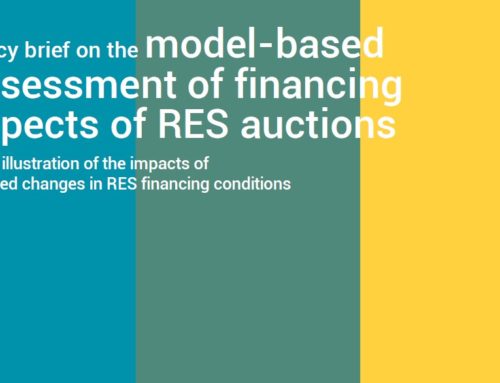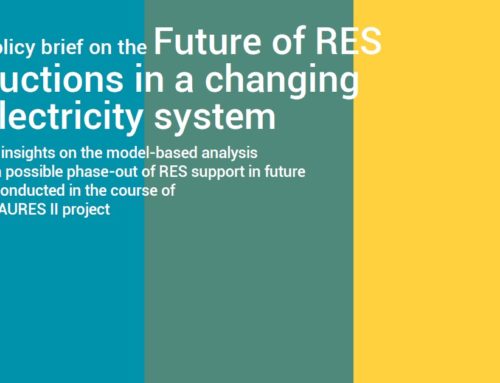The aim of this paper is to analyze and evaluate the Polish renewable auctions scheme based on the results of auctions implemented so far. It is an interesting case study for several reasons. First, with its share of renewable energy only 11% in 2016, Poland has had to make a strong late push for reaching its 2020 target of 15%. Furthermore, renewable energy supportJust like administratively set support, auction-allocated su... should be shaped with a long term vision since the country’s electricity system today relies heavily on coal and lignite inputs. Second, Poland has been operating a hybrid supportJust like administratively set support, auction-allocated su... scheme since 2016. New renewable power plants can receive supportJust like administratively set support, auction-allocated su... in an auction-based feed-in premium (FIP) system, while old power plants are part of a green certificate system. It is possible, however, to migrate from the green certificate system to FIP through auctions. And finally, the auctionAn auction is a market mechanism with the aims of allocating... system in Poland is highly fragmented compared to other European countries. In the Polish auctionAn auction is a market mechanism with the aims of allocating... scheme auctionAn auction is a market mechanism with the aims of allocating... baskets are separated according to three main features: technology, size (separate auctions for power plants with less and with more than 1 MW capacity), and whether the power plant is new or existing intending to shift from the green certificate system to the FIP system.
The paper is structured into three sections. The first summarizes the main characteristics of the auctionAn auction is a market mechanism with the aims of allocating... schemes, followed by an economic evaluation, and a third section draws the main conclusions.
Download the report here.



